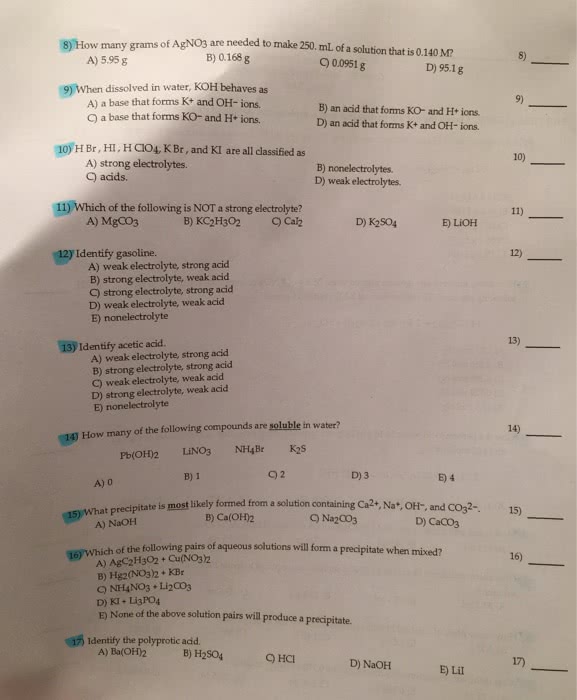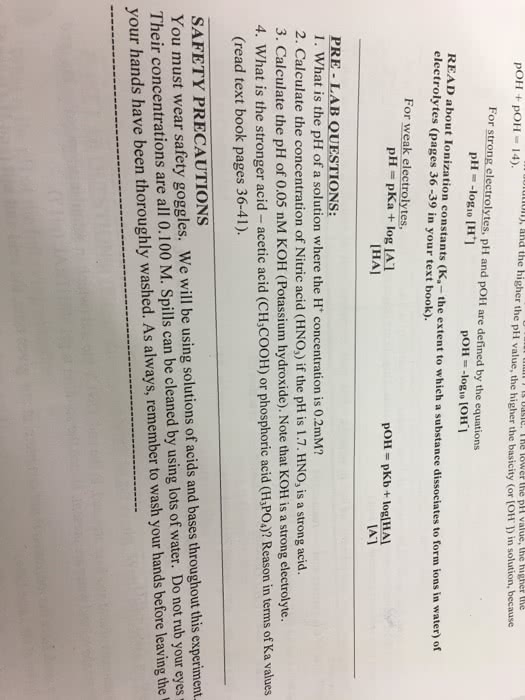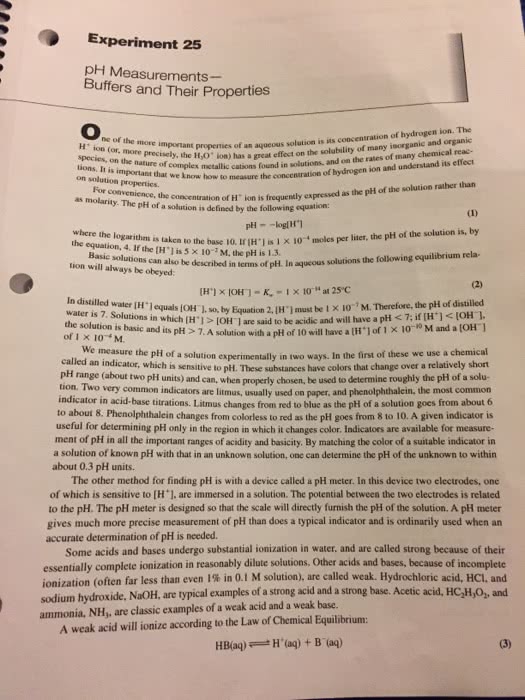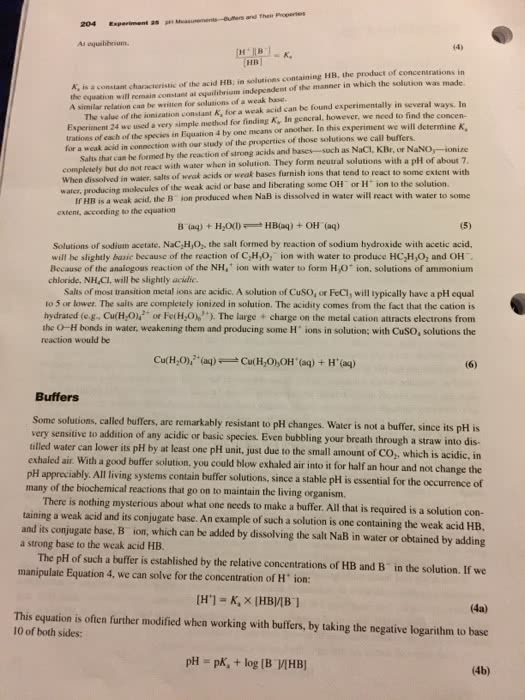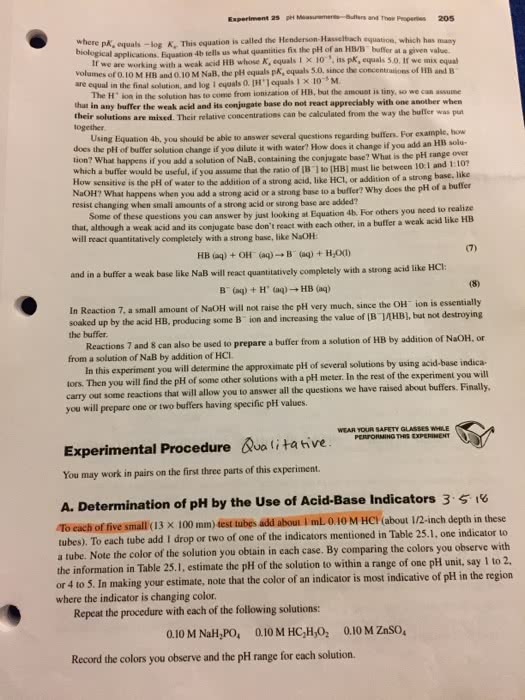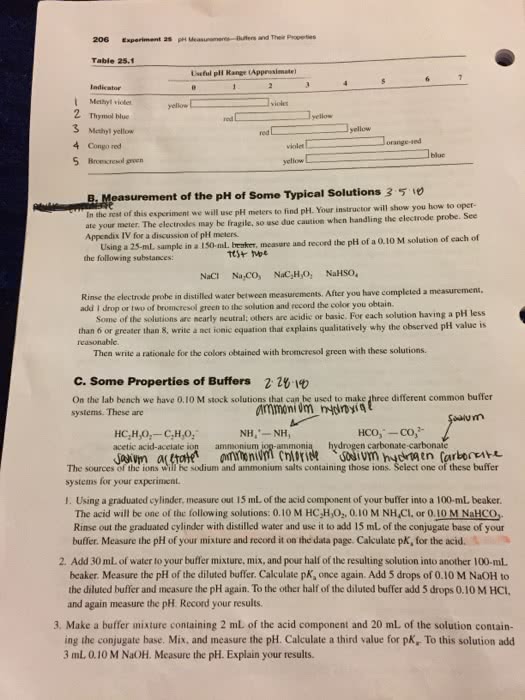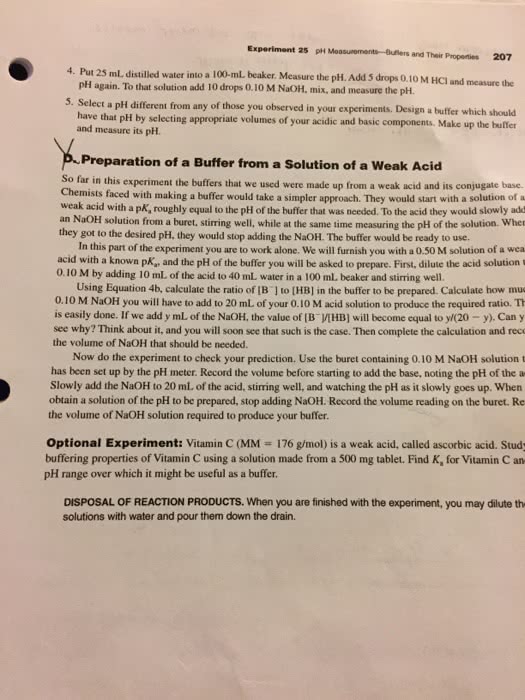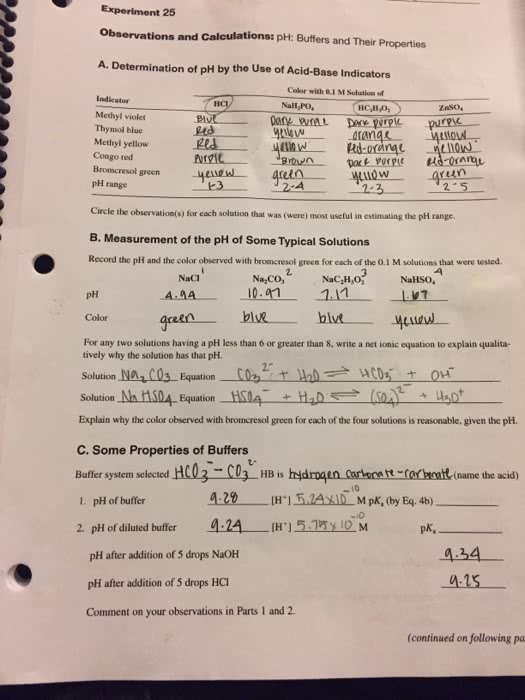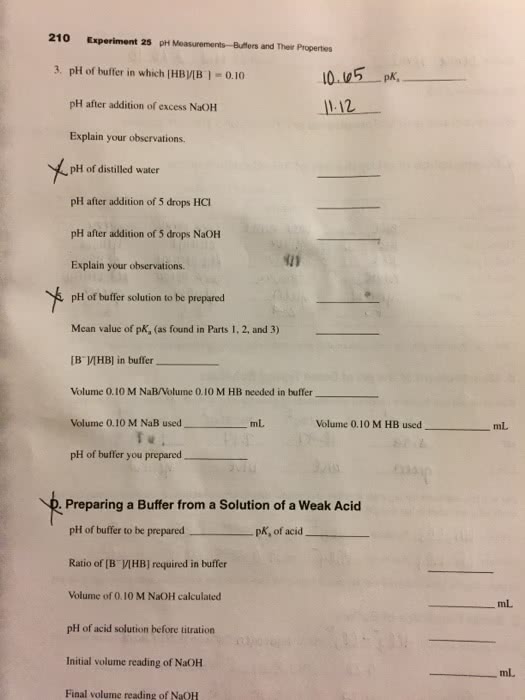CHEM 120 Lecture Notes - Lecture 18: Molar Concentration, Stoichiometry

Chem 120 Lecture 10/31/2018
Section 6-2: The Nature of Aqueous Solutions: Strong and Weak Electrolytes
Weak Electrolytes
• A weak electrolyte is a substance that does not completely dissociate into its ions
upon dissolution. Ex. weak acids, weak bases
• Weak acids are acids that produce a low amount of H+ ions in solution. Ex.
acetic acid
• Weak bases are bases that produce a low amount of OH- ions in solution. Ex.
ammonia
Nonelectrolytes
• A nonelectrolyte is a substance that does not dissociate ions upon dissolution.
Ex. alcohols, such as ethanol
• The molecules are dispersed in solution but do not produce any ions. Therefore,
the solution does not conduct electricity
Section 6-3: The Composition of Solutions
Stoichiometry of Chemical Reactions in Solution
• Performing stoichiometric calculations of chemical reactions in solution requires
information about:
o The nature of the reaction: exact forms of the compounds when dissolved
in the solvent
o The amounts of each compound: usually expressed as concentrations
Molarity of a Solution
• Molarity is the way to describe the concentration of a solution
• Molarity = number of moles of solute per liter (volume) of solution
• M = molarity = moles of solute / liters of solution
Document Summary
Section 6-2: the nature of aqueous solutions: strong and weak electrolytes. Weak electrolytes: a weak electrolyte is a substance that does not completely dissociate into its ions upon dissolution. Ex. weak acids, weak bases: weak acids are acids that produce a low amount of h+ ions in solution. Ex. acetic acid: weak bases are bases that produce a low amount of oh- ions in solution. Nonelectrolytes: a nonelectrolyte is a substance that does not dissociate ions upon dissolution. Ex. alcohols, such as ethanol: the molecules are dispersed in solution but do not produce any ions.


